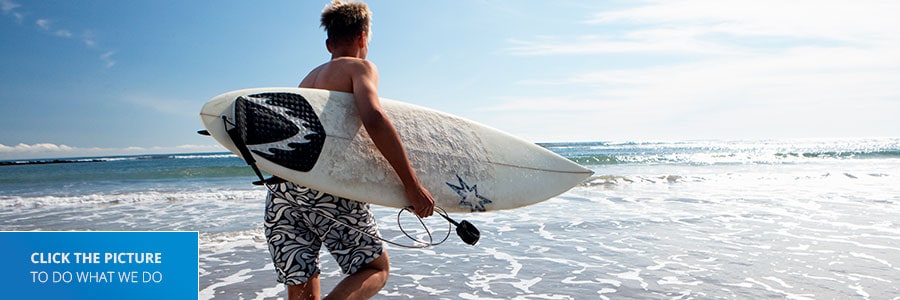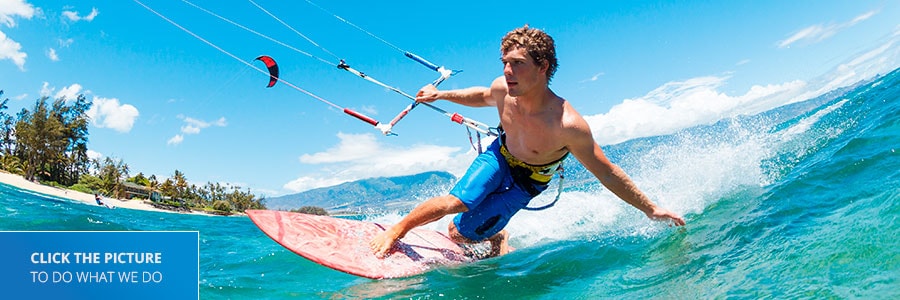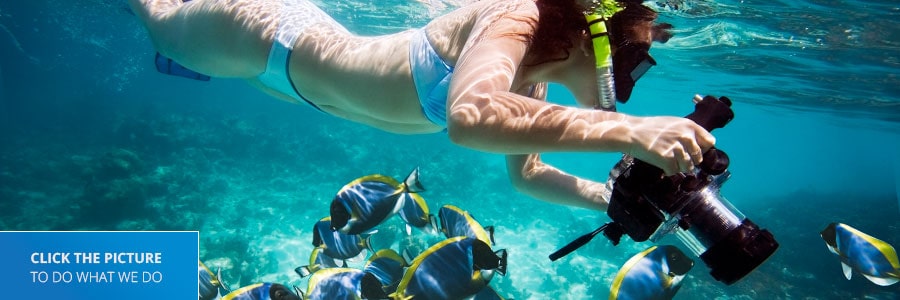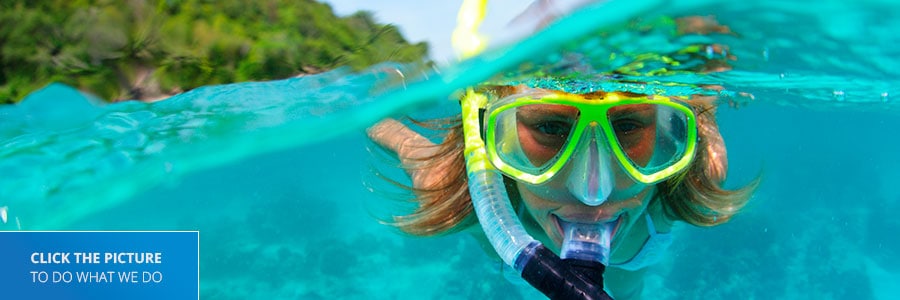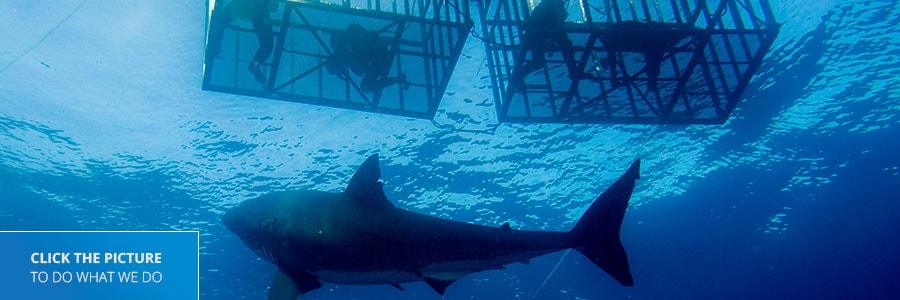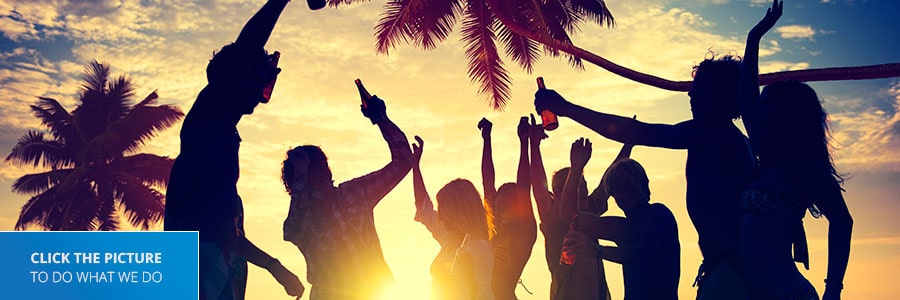Kualoa Ranch owns the Kaʻaʻawa Valley, commonly known as Kualoa Valley in Honolulu County. The ranch was given its name in 1927. Kualoa in Hawai’ian means “long, large back”. Some say the name is descriptive of its mountain peaks and beautiful valleys, but according to ancient legend, the name refers to the back of a giant mo’o (lizard) or dinosaur. At the top, the Kualoa ridge is the highest peak (1,900 feet) known as Kānehoalani, which means “Kāne’s heavenly companion”.
According to Hawai’ian mythology, Kāne was the creator; he gave life associated with the dawn, sun, and sky. For the ancient Hawai’ians, Kualoa was a pu’uhonau – a place of refuge or sanctuary. It is considered one of the most sacred places on the island of Oʻahu. In ancient Hawaiʻi, the kapu (laws) governed Hawai’ian society. If you broke a law, your penalty was death.
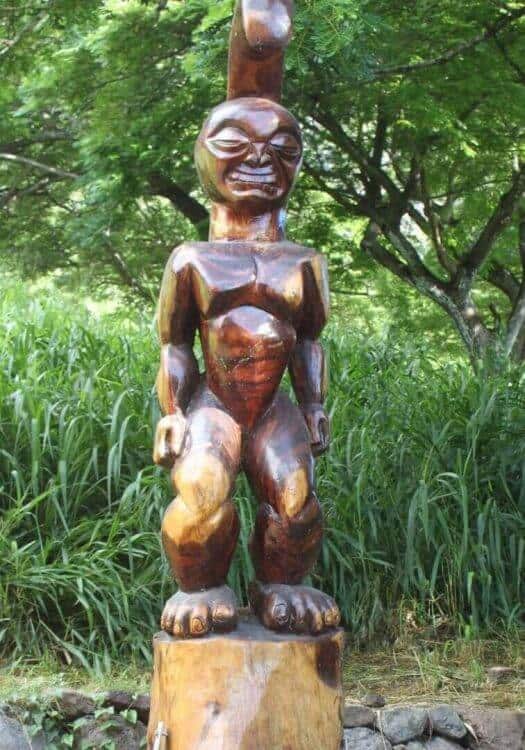
The only option for survival was to elude your pursuers and reach the nearest puʻuhonua. Kualoa was also the residence of kings and a training ground for royalty where they were educated in the arts of history, social traditions, and war. In 1850, King Kamehameha III sold approximately 622 acres of the Kualoa land to Dr. Gerritt P. Judd, a missionary doctor who served as his personal advisor. This initial land sale included the prime ranch land and all fishing rights including Mokoliʻi, the small island known as “Chinaman’s Hat.”
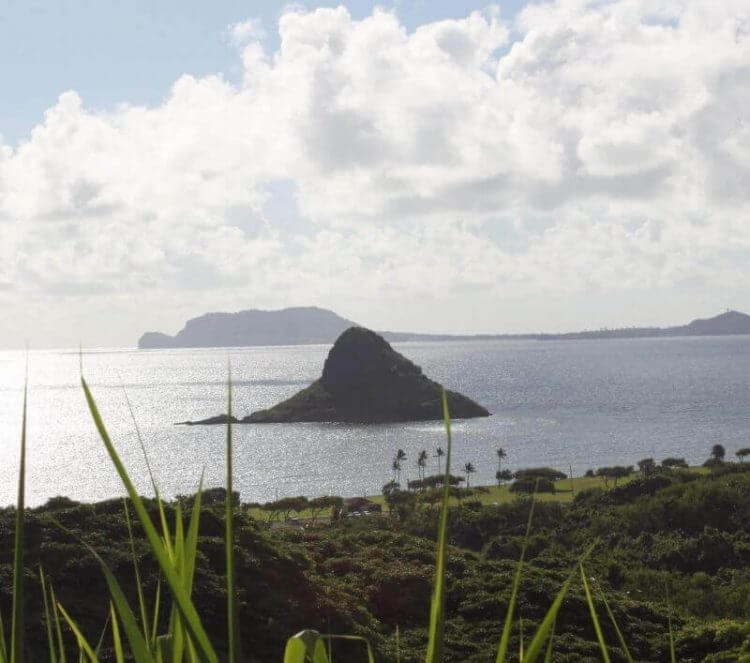
At a later date, additional acreage in the Hakipuʻu and Kaʻaʻawa valleys was purchased from the Queen Kalama’s land holdings. This purchase increased the size of the estate to the 4,000 acres it is today.
In 1863, a sugar plantation and mill was started, but closed in 1870 due to several years of low rainfall. The remains of the mill can still be seen today. During World War II, the U.S. military occupied the land and used it for shelter, protection, and defense. It was also the site of the Kualoa Airstrip in 1941.
Today Kualoa is a working cattle ranch and farm, preserved and managed by the Morgans – a sixth generation kama`aina (local) family. They remain committed to preserving the cultural significance and natural beauty of the valley ‘āina (land). Located at the southern half of the ranch is Hakipu’u Valley, the 800-year-old Moli’i fishpond, and the Secret Island.
Today Kualoa Ranch is open for tourist activities such as horseback riding, hiking, and all-terrain vehicle tours. It has been used as a film location for productions such as Jurassic Park, Mighty Joe Young, Pearl Harbor, Windtalkers, Godzilla, and Lost. Mokoliʻi, commonly known to locals as Chinaman’s Hat, is a small island located at the north end of Kaneohe Bay. It is part of the 157 acre Kualoa Regional Park. Although most people only know Chinaman’s Hat from pictures or from looking at it from a distance, its real charm comes only to those who actually go there and explore it.
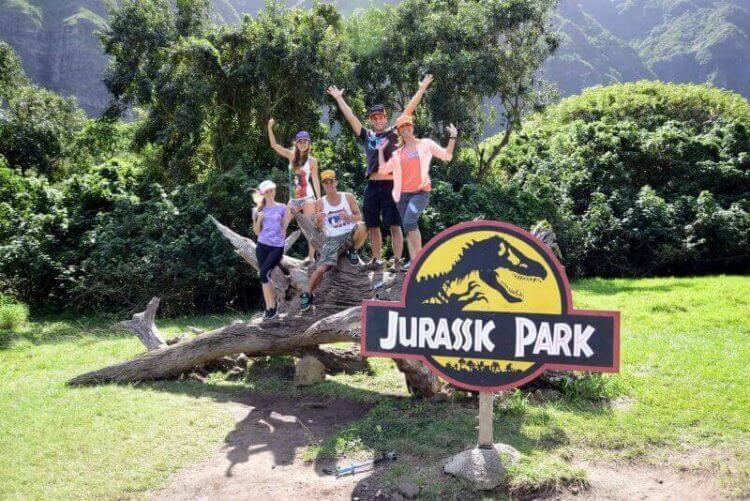
During low tide, it is possible to walk most of the way there and back consider it’s only about 1,477 feet (450 m) from Kualoa Park to Mokoliʻi. While that isn’t a far distance, the current and waves are sometimes strong, so it can take up to 45 minutes to make it there. Once you reach Mokoliʻi, you can climb to the top for a stunning view of the majestic Koolau Mountains, the windward coast, and the distinctive profile of Kamehameha’s Turtle, also known as the Mokapu peninsula. Legend has it that the turtle safeguards a secret underwater tunnel that King Kamehameha I would use to reach the island of Molokaʻi.
The climb to the top of Mokoli’i takes approximately 20 minutes, however it is not for the faint at heart as it is a bit strenuous, leading you through thick brush, dirt, and lava ledges. Still, if you’re in decent condition, you can make it to the top, and it is well worth the effort. Check out other Oahu hiking adventures.
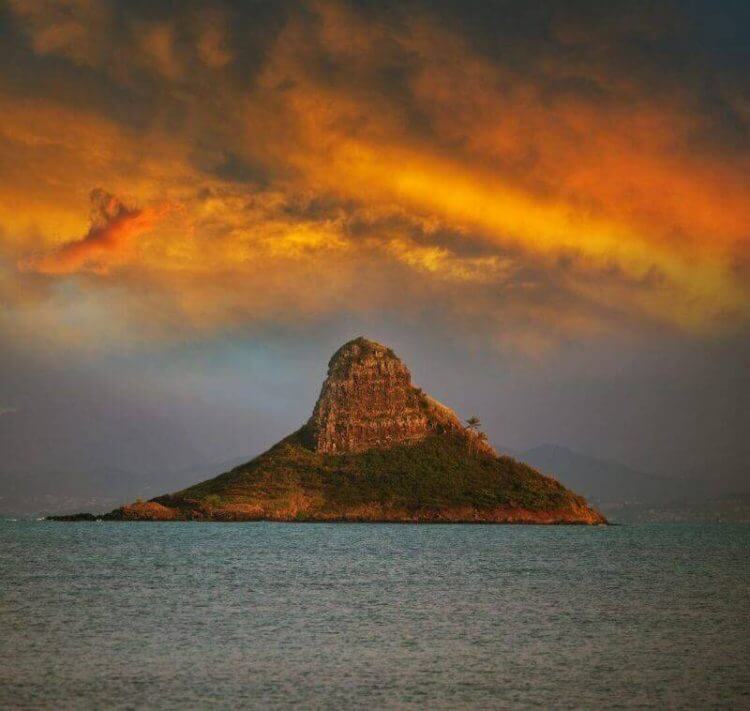
If you would rather just enjoy being on a deserted island, you can venture around the base and explore the sea caves and two small beaches, one of which is in a secluded cove facing the ocean. The island is also a seabird nesting ground, so if you visit, watch where you step and don’t disturb the animals.
In addition to the natural beauty Chinaman’s Hat offers, it is a mysterious place. According to Hawai’ian mythology, Hi‘aka, sister of the volcano goddess Pele, created the island. It is said to be the remains of a giant lizard’s or dragon’s tail that was chopped off and tossed into the ocean by the goddess. According to legend, Hi‘aka passed through the Kualoa area one day and a large mo’o (lizard) chased her. She killed him. Looking at Mokoliʻi, we can see the mo’o tail and his back, the Kualoa mountain range.
Useful information:
If you walk across to the island, make sure to wear some sort of reef shoes to protect your feet from cuts. It’s also a good idea to bring a body board with you if you aren’t in a kayak. There are no facilities or lifeguards on Mokoliʻi.
